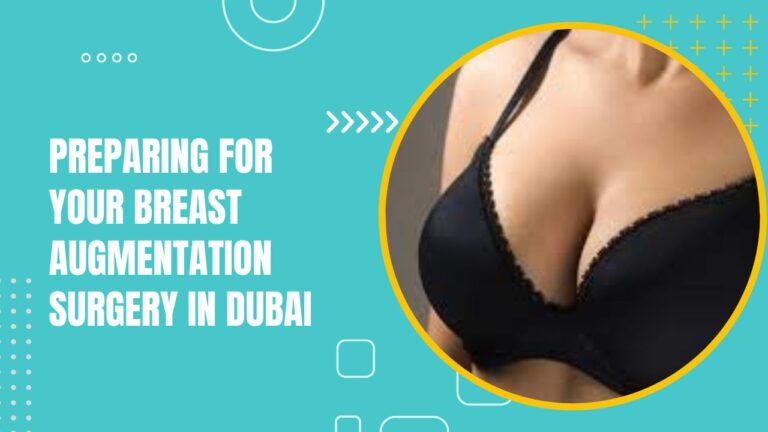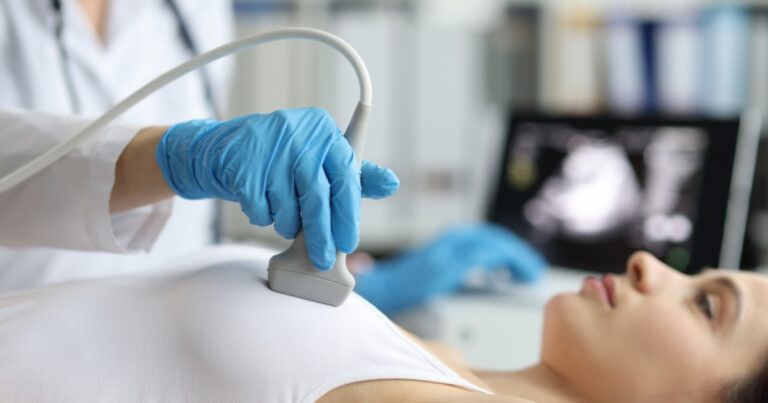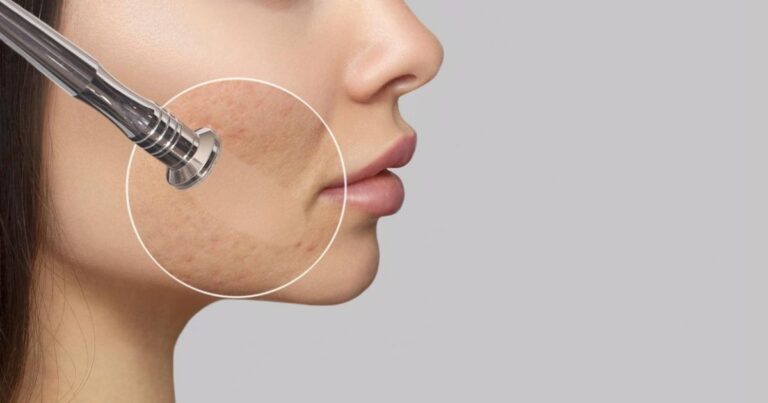A breast augmentation cosmetic procedure involves implanting breast tissue to shape and enlarge the breasts.
A woman’s breast implants boost her confidence and body image, but they make breast cancer screening more difficult.
Mammograms are an essential tool for detecting breast cancer early, but the presence of breast implants can make it more challenging to get an accurate reading.
This article is an excellent resource for women considering Breast Augmentation and Mammograms.
Breast Augmentation
Breast implants or fat transfer breast augmentation may be used in augmentation mammoplasty, often known as breast augmentation, to improve the breasts’ size, shape, or symmetry.
Book A Consultation With Dr Tarek Bayazid
Top-rated Plastic Surgeon For Breast Augmentation in Dubai
Installment Plan Available
The procedure can improve self-confidence and enhance body image for many women. Mammography screenings are essential for detecting breast cancer in its early stages; however, the potential impact of breast augmentation on these screenings must be considered.
Types of Breast Implants and Their Impact on Mammograms
Breast implants can be either saline or silicone. Both can potentially affect mammogram results and the ability to detect breast cancer. Here’s a closer look at each type:
Saline Implants
These implants consist of a silicone shell filled with sterile saltwater. Saline implants can make detecting breast cancer during a mammogram more challenging due to the implant’s density, which can obscure some breast tissue.
Silicone Implants
Silicone implants feature a silicone shell filled with a thick, cohesive gel. Like saline implants, silicone implants can also make it more challenging to detect breast cancer during a mammogram. The gel’s density can hide breast tissue, potentially leading to missed cancerous lesions.
The Importance of Regular Mammograms
Regular mammograms are still important for women with breast implants since finding breast cancer early increases the likelihood of a positive prognosis. Women with breast implants should inform their mammogram technicians about their implants to ensure they receive appropriate screening.
Mammogram Techniques for Women with Breast Implants
Mammogram technicians employ special techniques to ensure accurate results for women with breast implants. These techniques include:
Eklund Technique
Also known as the implant displacement technique, the Eklund technique involves pushing the implant back against the chest wall while pulling the breast tissue forward. This method allows for better visualisation of the breast tissue during a mammogram.
Additional Mammogram Views
Besides the standard mammogram views, technicians may take additional images to better assess the breast tissue surrounding the implant. These additional views can help detect potential abnormalities that the implant might obscure.
Alternative Breast Imaging Techniques
Other tests may be shown if a mammogram is unclear or a woman has a high risk for breast cancer. These include:
Breast Ultrasound
This imaging method uses sound waves to create images of the breast tissue. Breast ultrasounds can help detect abnormalities in women with dense breasts or breast implants.
Breast MRI
Breast tissue can be scanned in great detail using magnetic fields and radio waves in a process known as MRI. It can be constructive for women with breast implants, providing a more comprehensive view of the breast tissue surrounding the implant.
Breast Cancer Detection and Breast Implants
Performing regular self-examinations and scheduling mammograms as a healthcare provider advises is essential for women with breast implants. They should also consider alternative imaging techniques if recommended by their physician.
Breast Augmentation Recovery and Mammogram Timing
The recovery period after breast augmentation surgery plays a role in determining when scheduling a mammogram is appropriate. Mammograms should generally be scheduled six months after surgery. It allows for proper healing and settling of the implants.
It’s essential to consult with your healthcare provider and plastic surgeon for personalised recommendations on mammogram timing after breast augmentation. Experience Brilliance at Dubai’s Premier Aesthetic Clinic, where you can enjoy top-notch beauty treatments in a luxurious setting. It’s like a special spa for your skin! 300cc breast augmentation results in a noticeable increase in breast size making them look fuller and rounder
Visible implant edges can be seen when dental implants show through the gums This may happen if the implant is not placed deep enough or if gum tissue is thin
Communication with Healthcare Providers
Transparent communication with healthcare providers is vital for women with breast implants. Informing mammogram technicians about the presence of implants allows for proper screening techniques and accurate results. A woman’s primary care physician, gynecologist, and plastic surgeon should also discuss her breast implant history.
Choosing the right plastic surgeon for your breast augmentation in Dubai is crucial to ensure a safe, successful procedure and optimal results. At Dr. Tarek Bayazid, we pride ourselves on providing personalised care and expert surgical techniques to help you achieve your desired body.
Are you ready to enhance your figure and boost your confidence with breast implants? Take the first step towards your dream body by requesting a quote from Dr. Tarek Bayazid. You can gain the look you desire with the guidance of our experienced team.
Contact us today to begin your journey towards a more radiant you.







